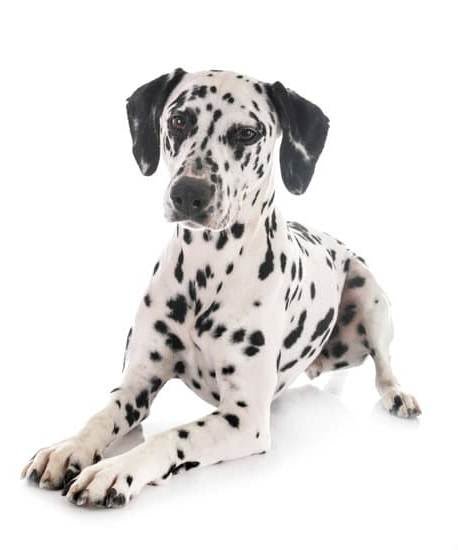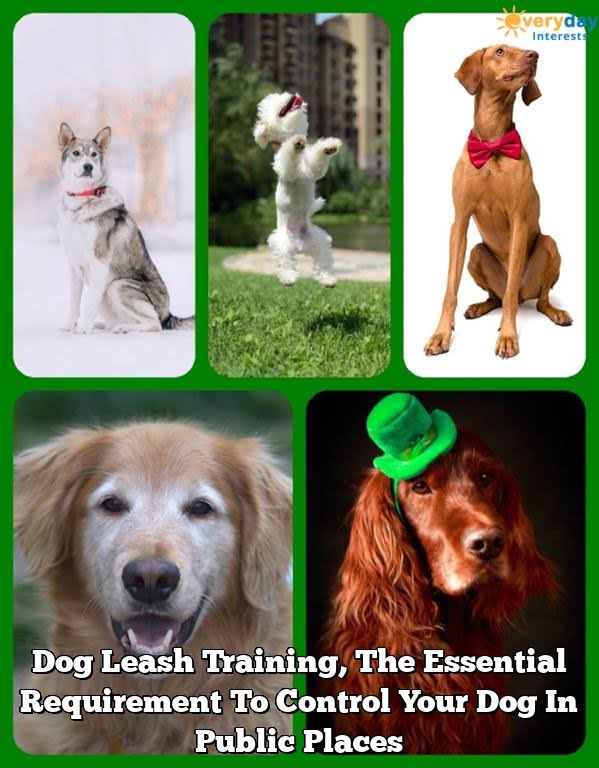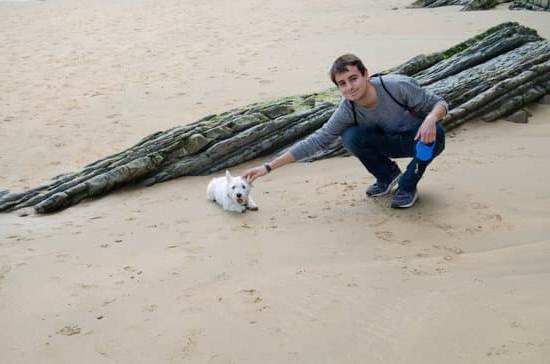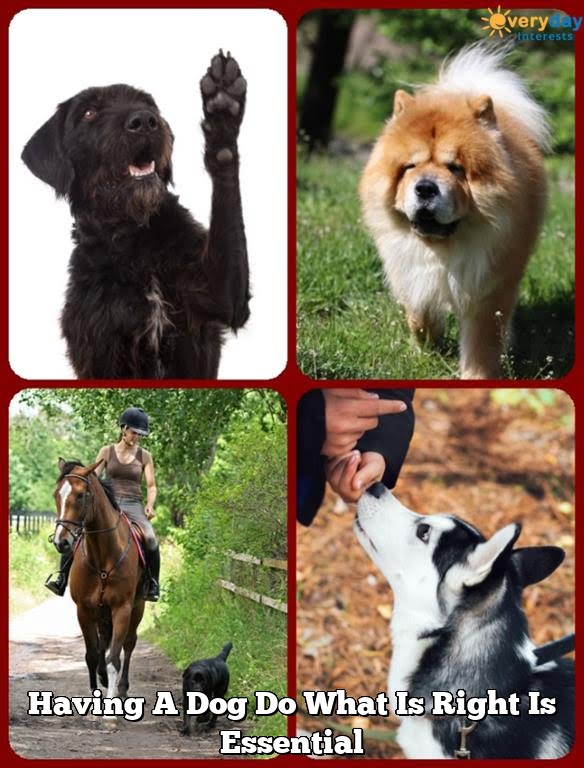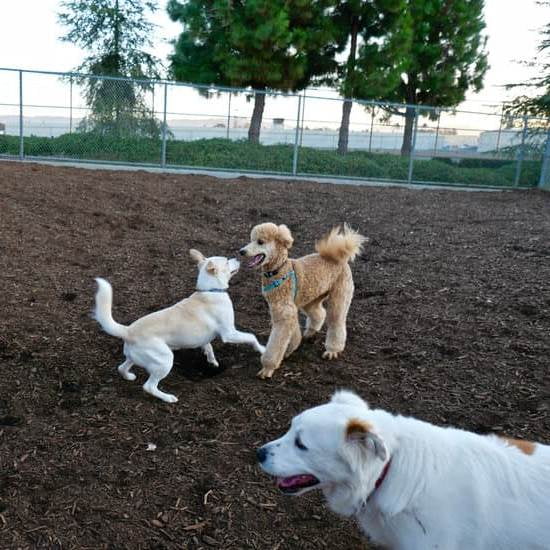Introduction
When you decide to train your dog, there are several essential tools that every trainer needs. From simple items like a leash and collar to more specialized products such as treat holders and agility courses. The right tools can make the training process easier, more effective, and less stressful for both you and your pup.
Leash & Collar: Though they may seem like an obvious choice, having a good quality leash and collar is imperative when it comes to training your dog. A leash will allow you to control where your pup goes and how far; whereas a collar can help provide an additional layer of safety if needed. When choosing a leash, be sure to select one that is comfortable for your dog. The material should be strong without being harsh on their skin or fur. For collars, look for adjustability so it’s not too loose or tight on them.
Treat Holder: During training sessions it’s important to keep treats nearby so you can quickly reward your pup when they do something properly. A treat holder is ideal for this purpose as they usually include compartments where you can put food undisturbed while still keeping it easily accessible during the session.
Agility Course: If you plan on engaging in activities beyond basic obedience commands, setting up an agility course could be beneficial. An agility course will teach your pups coordination and build their confidence while also providing them with low impact exercise that helps burn off extra energy throughout the day. You don’t need an expensive setup either—a few inexpensive materials such as weave poles, tunnels, jumps, flags and hoops, will get the job done!
Clicker: One of the most valuable training tools in a trainers arsenal is often overlooked—the clicker! Clicker Training is essentially using a distinct clicking sound along with treats or verbal Praise to noticeably mark behavior you reward in the dog . This method helps focus positive attention on good conduct helping create long-lasting results that are proven effective over time!
The Collar
A collar is one of the most important training tools for any dog. It is used to establish and maintain control, providing a visible and tangible reminder for the dog that their behavior needs to remain within boundaries. A collar should always be worn during training sessions and should never cause discomfort or pain for the dog. Ideally, it should fit snugly enough that it doesn’t slide off, but loose enough as not to choke the dog when tugging occurs. Consider having multiple collars – one with a name tag in case they get lost and another specifically used during training sessions such as a martingale or a prong collar that can provide greater control while not causing discomfort when properly fitted & used. In addition, there are several types of electronic collars available including those with audio tones and vibration features, which can be used both on-leash and off leash in more remote areas. Each type of collar has its own advantages & drawbacks; it’s important to research each type thoroughly before deciding which best suits your pup’s needs & your particular situation/training methods.
Harnesses
Harnesses play an important role in animal safety and well-being during dog training. A good harness can provide a better fit for your dog than a traditional collar, allowing for more consistent control. It also helps to protect their neck from potential tugging or pulling on the lead, giving you better control and making your canine companion more comfortable. With improved comfort comes increased focus and a willingness to learn. Harnesses also give you greater flexibility while walking or running with your pup as they also reduce strain on their back and shoulders.
Additionally, harnesses can be outfitted with multiple points of attachment to customize the fit for different stances and activities. You can attach a leash to two spots at the same time—one at the back of the shoulder blades and one near their chest, allowing for more body control when maneuvering through tight spaces like crowds or alleyways. This added protection is especially helpful if you plan on taking your dog into public places where quick reflexes are important for obedience and safety. If that isn’t enough, many harnesses have reflective patches sewn into them to ensure visibility while running, walking or playing in the dark. Finally, certain harness types provide extra storage space where owners can keep treats on longer trips or walks.
Leashes
When it comes to choosing the right leash for your dog, you’ll have to decide between an essential or retractable option. Essential leashes are ones made of nylon, leather, or another type of more rigid material that offers control and support. Retractable leashes can be a great alternative, as they let your dog step out and explore at their own pace by giving them more freedom and allowing for much longer reaches (but still having the owner in control at all times). It’s important to consider your own pet’s size and individual needs when making your decision.
For example, if you’re looking for something that gives you both greater control and security over your pet — such as when walking in busy areas — then an essential leash is probably the best option. These kinds of leashes are also good for puppies that haven’t been trained yet or simply need some consistency when out on walks. Additionally, these types of leashes are usually fully adjustable, which makes it easy to get just the right fit.
Retractable leashes can provide a different kind of freedom and flexibility than essential leashes because they offer much longer stretches and distances than traditional varieties. This is perfect for owners who prefer to give their pup a bit more room to explore while still having complete control. Plus, lots of retractables come with locks so you can easily set the length exactly where you want it should your pup start getting too close to other dogs or cats while on your walk. Just keep in mind that these kinds of leashes aren’t necessarily the best choice for overly strong dogs — or those with a tendency to pull — since there won’t be any give if their strength surpasses the leash’s holding capacity.
Treat Pouches
Treat pouches are essential dog training tools that allow owners to reward their pup’s good behavior in a positive way. By having treats readily available and providing them as rewards, dogs are encouraged to repeat the desired behavior more often. This is especially invaluable when going through basic obedience training with your pup. It also helps set up positive reinforcement as part of your daily routine. Treat pouches come in several varieties, including pockets, waist-worn bags and clip-on holders that attach to clothing or leashes.
Using treat pouches allows you to easily transfer the snacks from wherever they may be stored safely into one hand for quick yet tasty rewards for the dog. It also prevents food from getting scattered on the ground or dirtied in pockets, where it is difficult for the pet to access. The pouch system makes rewarding simpler and faster by eliminating distractions such as balancing a bagged treat and digging through pockets one-handed while maintaining contact with the leash. Embedded carabiners also make treat pouches easy to attach to outdoor gear and bags when exploring off-the-leash trails or trips out of home. With an array of rewards at hand, these can be used not only during formal training sessions but also during everyday walks and playtimes with your pup at home or out in nature.
Clicker Training
Clicker training is an effective and humane way to train a dog. The clicker tool is used during the reward-based training to mark desirable behaviors. When the animal performs something that you would like them to repeat, such as sitting when asked, you can use the clicker and then give a reward for the correct behavior. Clicker training develops a relationship between the owner and animal as it reinforces positive behaviors that have been learned. Through repetition of this type of training, both verbal and nonverbal cues become second nature to the dog or puppy, and he will respond obediently with just a simple prompt.
Along with using a clicker, there are other essential tools that are helpful when correctly performing successful clicker training exercises. Ideally, the pet should be on a leash during practice so their movements can be easily managed. Since food rewards need to be given quickly after each click sound, have treats readily available in your pocket or treat pouch. It is also necessary to have specific toys and/or items set aside specifically for training if you intend on substituting food rewards with playtime fun instead. Additionally, if you plan on working your pup outside of your home, make sure they are wearing an up-to-date ID tag at all times while they are in unfamiliar surroundings as it could get them safely back home if they lose their way or wander off. Finally, owners should seek out methods better suited for addressing pre-existing behavioral issues so unfortunate incidents don’t arise whenever complications arise from improper handling of dogs by untrained professionals.
Dog Games and Activities
Engaging and interactive dog games are a great way to form a strong bond with your pup. Such activities also provide an outlet for energy, stimulate the mind, encourage exercise, and increase socialization. Depending on your pet, these can range from simple fetching to hide and seek. Fetch is perhaps the most common game that people play with their furry friends. Not only is this an excellent way to get some physical activity into their daily routine, but it can also be used as a way to teach commands like ‘drop’ or ‘leave it’. Hide and seek provides another way of mental stimulation for dogs as they search for tasty treats or toys hidden around the house; this teaches problem-solving skills and patience for when there isn’t something to find right away. Another fun pastime could be agility practice, which not only helps you stay active but is a great opportunity for you and your pup to learn new skills together. Agility courses promote following directions, provide light physical exercise, and work on motor control all while making it fun for both you and your four-legged friend! Finally, tug-of-war is a hugely popular game between humans and our canine companions; teaching self-control by gently pulling against each other in order to remind your pup that he/she needs to respect human strength at all times will set them up well both inside the home as well as outside in public settings. These breeders provide essential tools in training that help build trust between owner and pet while also keeping both minds stimulated!
Dog Toy Sets
Dog toy sets are an essential tool for any pup, both low and high energy. Dogs of all sizes have varying degrees of energy and some require more stimulation than others. Dog toy sets provide an outlet for dogs who need to stay active and stimulated. They come in all sorts of shapes, sizes, colors, textures, and materials, making them ideal for a range of pups. For leashed or fenced-in doggos or those who may be too big to take on walks frequently, they can be a great way to keep them entertained while keeping their barking to a minimum. Additionally, these toy sets help low energy dogs store up the extra energy they may have which can sometimes lead to behavioral problems if not expended properly. High energy breeds benefit from having something to chew on or play with while ravenously trying out new things. Additionally, the thicker rubber toys that most toy sets come with help soothe your dog’s gums and help maintain proper dental hygiene when chewed on fervently.
Dog Grooming Supplies
Grooming your dog not only helps keep their coat and skin healthy, but can also help them look and feel their best. The right dog grooming supplies are essential for the job. Scissors, a stainless steel comb, slicker brushes, nail trimmers, stripping knives and clippers are among the most useful items. Dog shampoos, conditioners, detanglers and other specialty products will help keep your pup clean and looking well groomed. Other items such as toothbrushes, toothpaste and deodorizers may also be vital components of your pet-grooming kit. Finally, proper grooming accessories such as ear powder, cotton balls or swabs for cleaning ears, scissors for trimming nails and special coat sprays can give any pup that finishing touch to make them look sharp!
Conclusion
When training a dog, certain tools and techniques can be invaluable for producing successful results. Tools like training collars, treats, and toys can be used to target behaviors and provide incentives. Additionally, verbal commands, hand gestures, and body language can give your pup cues while they learn. Learning any skill requires practice and repetition, so it’s important to set aside enough time each day to work on a particular behavior or task with your pup. It may also help to break down tasks into individual steps that can build up over time – in this way your pup will learn in manageable pieces rather than getting overwhelmed all at once. Creative training through the right combination of tools and techniques should result in positive outcomes for both you and your pup. Remember that when it comes to dog training, patience is key! When implemented slowly with lots of love, persistence will ultimately pay off. In the end, these tools and methods should bring you closer together while a well-trained pup gives you both greater freedom to explore the world around you!

Welcome to the blog! I am a professional dog trainer and have been working with dogs for many years. In this blog, I will be discussing various topics related to dog training, including tips, tricks, and advice. I hope you find this information helpful and informative. Thanks for reading!

